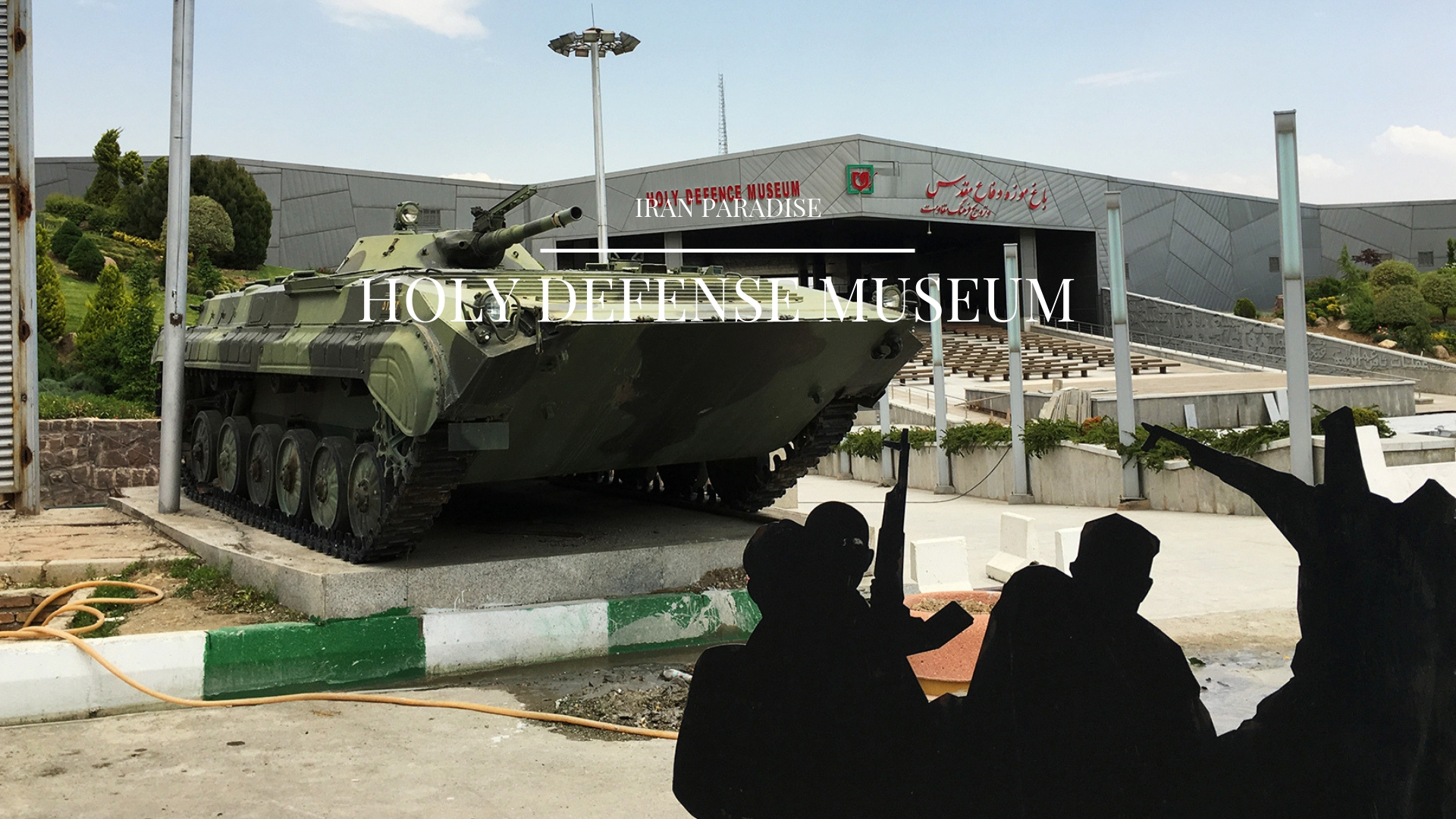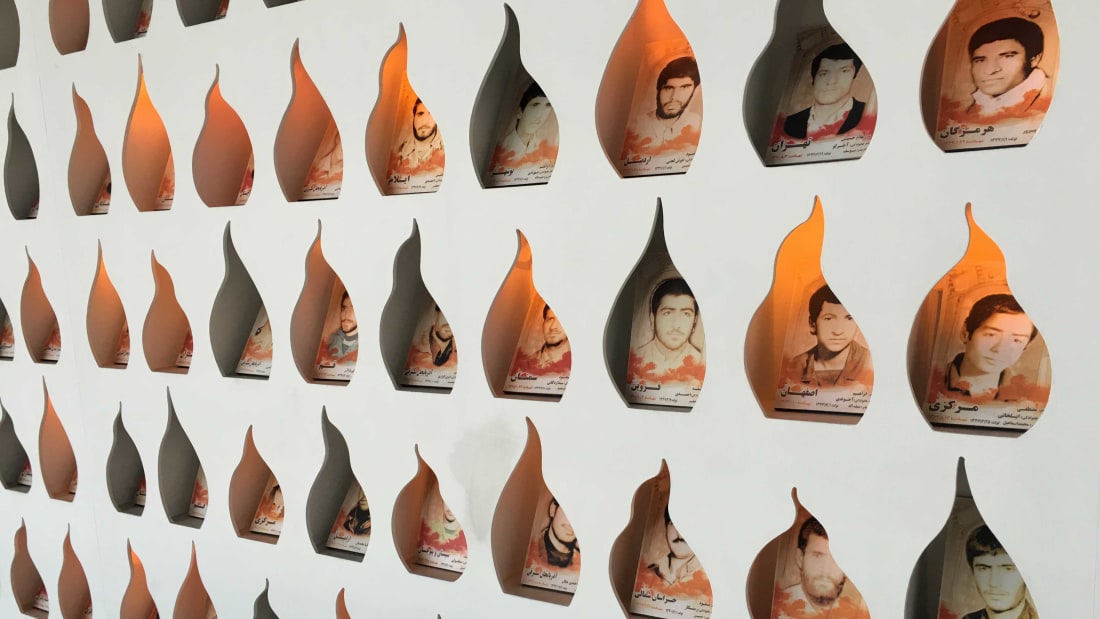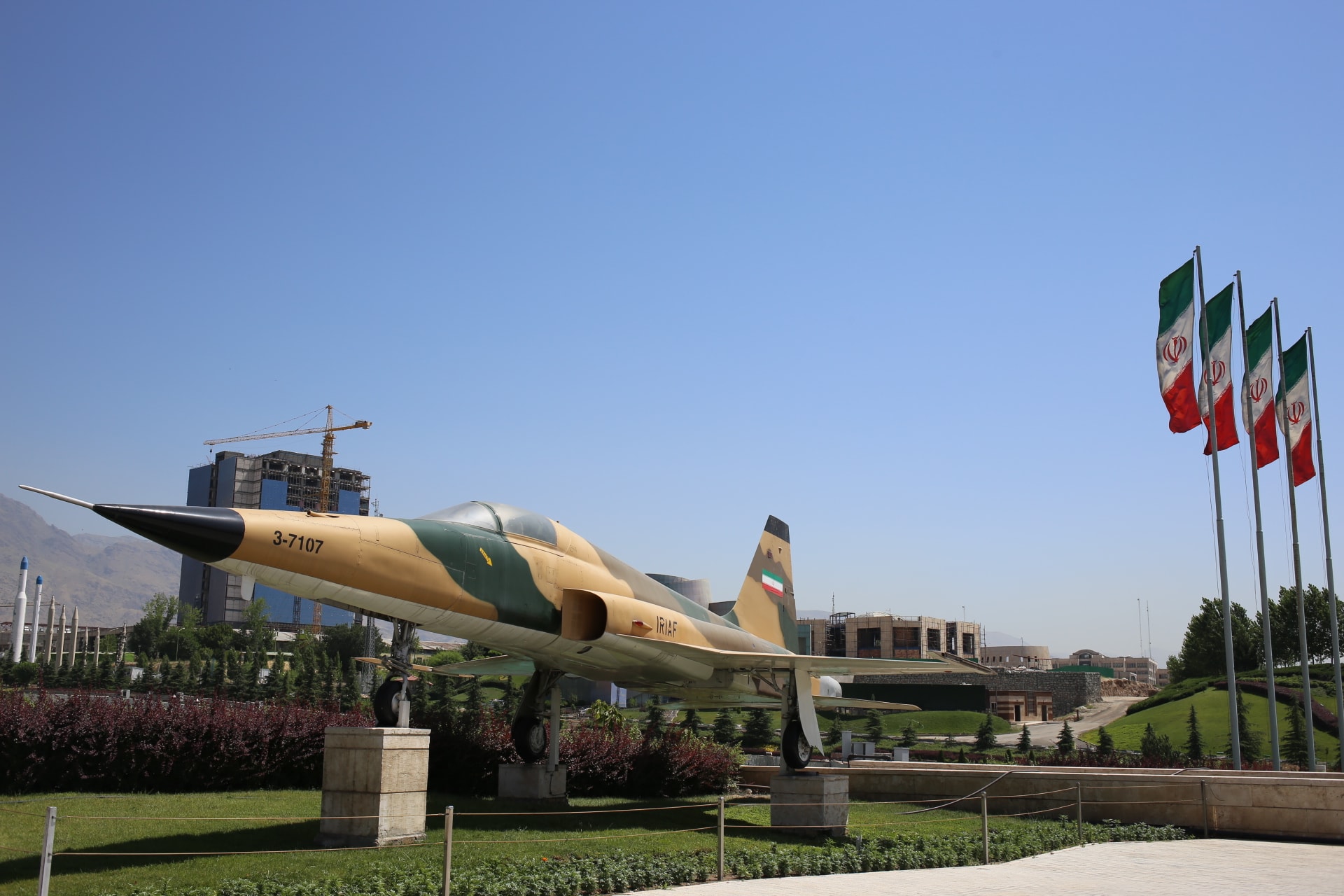Holy Defense Museum
This epic-scale museum, on a landscaped site of 21 hectares, is dedicated to the Iran–Iraq War, a bloody eight-year conflict that claimed a million lives. The main building consists of seven halls that commemorate the war’s martyrs and run you through the history of the conflict in forensic detail. It may sound harrowing, but it is, in fact, a fascinating and imaginative response to a deeply scarring episode in modern Iranian history.
The program of visiting the holy defense museum is planned to familiarize the top elites of the national elites foundation with stories about resistance and defending of the country by the Iranian people during the imposed war. In addition, the visit of the national Iran museum will be held to learn about the history of Islam and people living in this area and the remainings of the culture, art, economic growth, and technological achievements of Iranians in previous centuries and before Islam.
Within the framework of this temporary exhibition in the national museum of Iran, more than 50 works from ancient times have been brought to Iran from Louvre museum. Among the works sent to Iran are works from west of Asia, Europe, North of Africa and a set of hand-made paintings of famous European artists. In addition, there are two works by Iranian culture. An ax that is inscribed was found during the archaeological explorations in Chogha Zanbil, and a bronze object from Lorestan dating back to the iron era with more than three thousand years of archaism is observed in these works.
It is notable that this program will be held July 7th 2018. Enthusiasts of the field can register for the event until July 3rd 2018 by referring to the elites foundation of Alborz province. Consequently, “Holy defense museum” opened its door to the public in 2012 to present a uniquely-designed collection of the Iran- Iraq’s war which took about 8 years. The panorama museum along with other parts of this complex consisting tomb of ‘the Unknown Soldiers’, flag tower, a designed open area with an artificial lake, Khoramshahr Mosque and a library, has been built in Abas-Abad district in a landscape about 21 hectares to be one of the largest museums of Iran.
Each hall of the museum (7 in total) has been dedicated to a specific aspect of the Iran-Iraq’s war through video clips and other medias to portray the long-lasting impacts of the war and some cruel and bitter realities of it. In the entrance, the hall of ‘Butterflies’ is located to welcome visitors by displaying the personal belonging of the victims of the war found on different battlefields.In addition, as one of the most significant figures of the bravery and also difficulties endured by people and soldiers, a chamber of ‘Holy Defense’ museum showcases a part of 1980’s Khoramshahr. This city, which is located in Khuzestan province in the southwest of Iran, is a strategic port and border town attacked by Iraq during the war. In War hall, the walls are covered with the photos of martyrs lost during the 8-year conflict. Moreover, artistic details such as lining the walls of a corridor with white land mines, art made from weapons and aesthetic attention to lighting and design of all halls have been applied in most of the exhibits to turn this museum to an inventive and unconventional place. To maximize the utilization of the information and resources, audio commentary in Persian, English and Arabic is provided.
Furthermore, projection, video walls, photo montages, sound effects and even temperature adjusters have been employed to take the visitors back to the actual times of the war. This state-of-the-art visual system has been applied to add to the realism of each hall to leave the visitor with an unforgettable and impactful experience.
In addition, the modern design and architecture of the museum stand out among the other similar places in Tehran which will surely amaze the guests. In fact, in some visitors’ opinion, this museum is an unexpected package which reveals a lot about Iranian modern history and must definitely be visited while staying in the city. In addition, getting to this museum is very easy if you use the Haqani metro station. The entrance is located at the end of the Sarv Street, facing Taleghani Park near Tabiat Bridge. For this reason, it would be a good idea to combine the visit to the bridge with the museum to enjoy both attractions at the same time.





